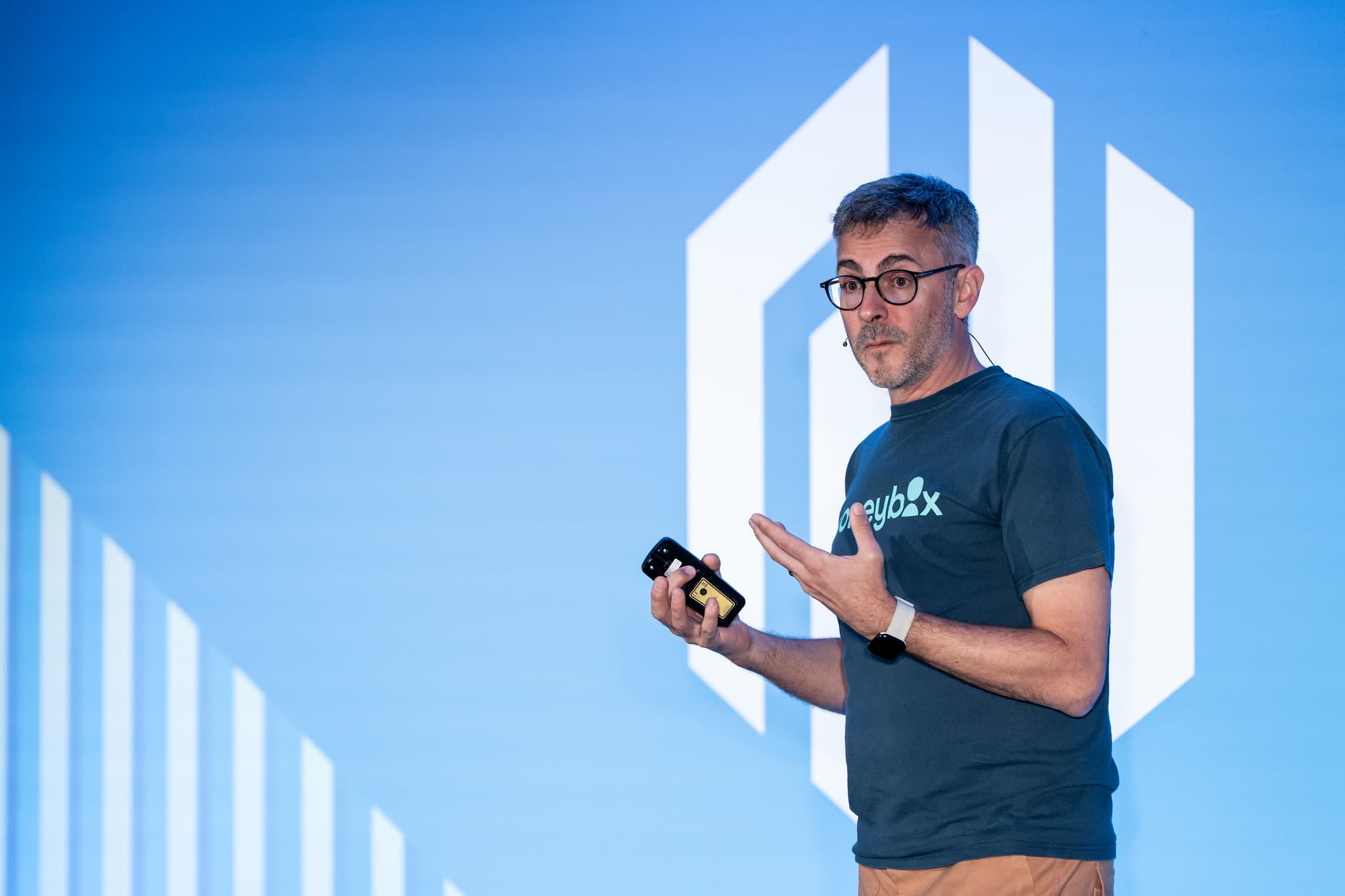Moneybox, a UK-based fintech, helps over 1.5 million people save and invest, managing £15 billion in assets and processing 20 million API calls daily. When their engineering team and infrastructure complexity started growing, the infrastructure approach that once powered a nimble startup began to slow them down.
In a recent HashiDays talk, Ed Fretwell, Product Engineering Lead at Moneybox, shared how they moved from Terraform Community Edition (CE) to HCP Terraform — streamlining workflows, scaling governance, and improving the developer experience.
Here are five key lessons from their journey.
»1. Start simple — but know when to scale up
Terraform CE was the right choice for Moneybox in its early days. It allowed the small team to stand up infrastructure quickly and manage everything from a developer’s laptop. To connect Terraform to their deployment workflows, they built their own CI/CD pipelines — a creative and cost-effective solution at the time.
But as the company and its infrastructure grew, these pipelines became brittle and time-consuming to maintain. Making changes started to feel dangerous, and the motivation to work on Terraform reached “rock bottom,” as Ed puts it.
Moving to HCP Terraform, replaced those homegrown scripts with a managed VCS integration and automated run triggers, eliminating pipeline maintenance and freeing engineers to focus on delivering customer-facing features.
»2. Design infrastructure for scale
When Moneybox began, all their infrastructure lived in just two Terraform roots — one for test environments and one for production. It worked well enough for a small team, but as they expanded to around 90 workspaces and a team of 75 engineers, this setup became unmanageable in Terraform CE.
HCP Terraform provided the architecture and collaboration features needed to operate at scale, including role-based access controls, workspace grouping, and automated updates. These capabilities allowed multiple teams to work in parallel without stepping on each other’s changes, all while maintaining a clear separation of responsibilities.
»3. Build reliable, self-service infrastructure
In its early stages, Moneybox managed all its Terraform code in a single repository where experts could handle most of the changes. As more teams began to use Terraform, two groups emerged: a small group of experts who could troubleshoot and make complex changes, and a much larger group of engineers who only used it occasionally — and often found themselves blocked.
The move to HCP Terraform facilitated Moneybox’s initiative to rebuild many of their modules (infrastructure templates) to give non-experts a safe, simple way to deploy infrastructure without needing to understand every detail of the underlying code. This shift enabled self-service infrastructure across the business, reduced dependency on the platform team, and freed experts from repetitive support requests.
»4. Bake governance into your workflows
As a regulated financial services company, Moneybox needed a way to answer tough questions from regulators about how changes were made, reviewed, and deployed. In Terraform CE, governance relied heavily on manual processes, and warnings or errors could linger for weeks.
With HCP Terraform, governance became part of the workflow. Its module lifecycle management and visibility features meant they could roll out changes gradually, with controlled upgrades and full insight into where modules were used across the estate. This not only satisfied regulatory requirements but also gave teams the confidence to make changes without fear of breaking critical systems.
»5. Keep iterating — balance speed and structure
Moneybox’s evolution followed a familiar pattern: build quickly to meet immediate needs, then add structure to sustain growth, then push forward again. Terraform was a constant enabler throughout this cycle. The shift to HCP Terraform gave them the tools to maintain that balance — combining the agility of rapid development with the safety and governance needed in a highly regulated environment.
The results speak for themselves:
- Eliminated CI/CD maintenance overhead
- Enabled self-service infrastructure for all engineers
- Standardized governance and compliance
- Supported growth from 3 to 75 engineers and from 2 to 90+ workspaces
Moneybox’s journey shows that moving from DIY tooling to a managed infrastructure platform can:
- Free up engineering time for customer-facing innovation
- Improve developer experience and reduce burnout
- Enable governance that scales with your business
If your team is facing similar challenges (complexity, compliance, and collaboration at scale), it might be time to reassess your build vs. buy strategy.
Learn how a managed, Terraform-based platform can be a force-multiplying software delivery foundation that can free up engineering resources for more strategic work and still maintain governance and safety, just like Moneybox did. Read this guide containing our key pieces of advice: Deliver innovation at scale with The Infrastructure Cloud.
For the full technical details on Moneybox’s digital transformation journey, watch the full HashiDays session:






